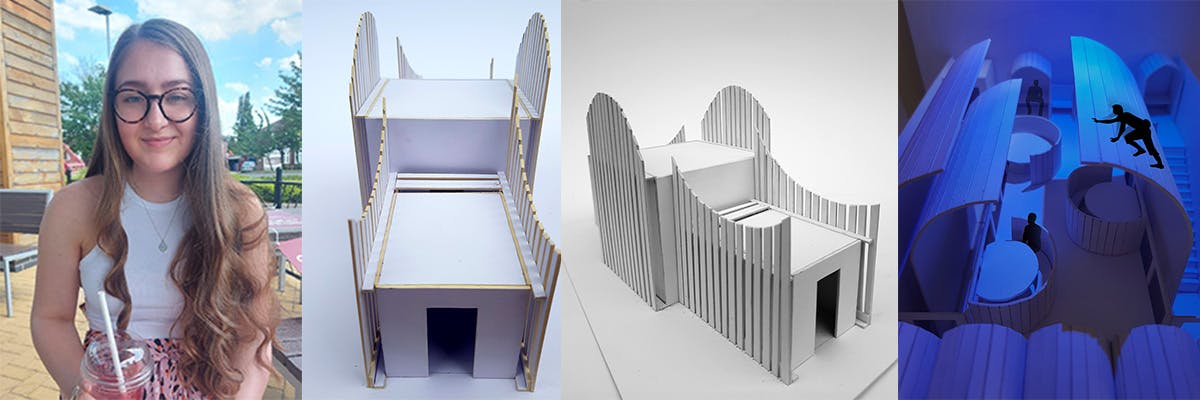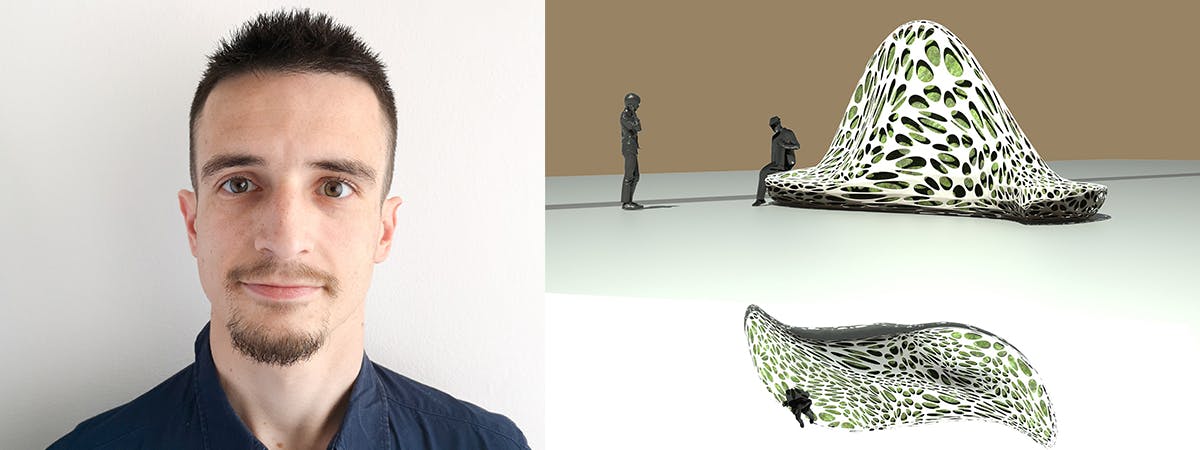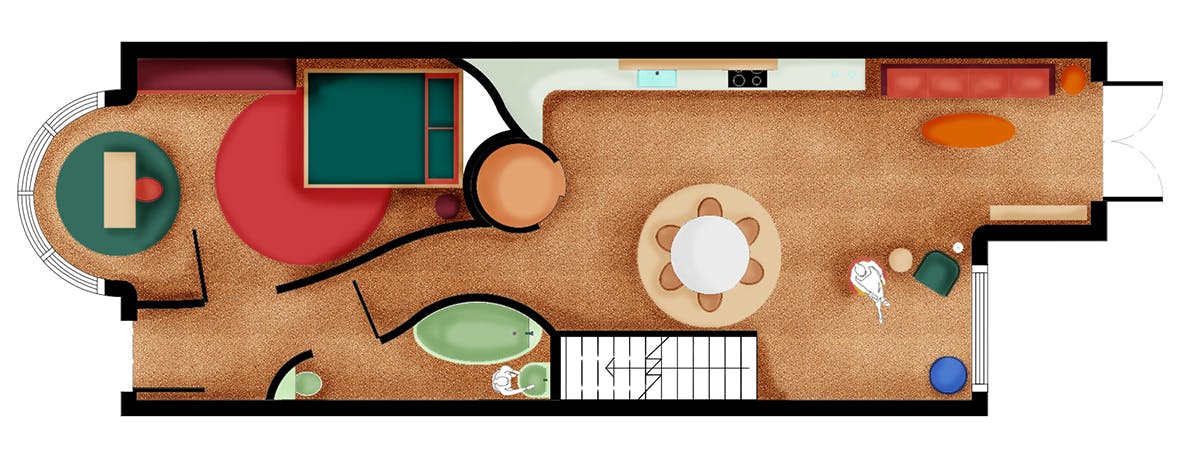Amrita Raja, Lecturer on our BA (Hons) Architecture course, recently had the opportunity to interview Lesley Lokko for The Architect’s Newspaper. They discussed race, academia and Lesley’s plans to found an Architecture school, The African Futures Institute (AFI), in Ghana.

Your career as an educator and author has tackled identity and architecture head-on. You also are something of a serial project launcher. What’s driven you to launch the AFI now?
The AFI has been in the background for almost two decades. I left academia in 2005 to take up a career as a novelist partly out of frustration that academia regarded race and culture as peripheral to the discourse. A chance encounter at a conference in Holland led to a job offer in Johannesburg, where I was put in charge of the master’s program.
The Graduate School of Architecture (GSA) [at the University of Johannesburg in South Africa], which people might see as the launching of another project, was, in some ways, the prototype of the AFI [Lokko founded the GSA in 2015]. I did it for five years, and while the students and the staff were fantastic, I was working 18 hours a day, and I could see my own death warrant. So, I moved to the U.S., only to find myself in a worse situation.
What happened at Spitzer fast-tracked something that’s been at the back of my mind. It’s not launching a new initiative but returning to something that’s been there for a very long time.
What does it mean to launch a new school, rather than to come to an existing program and look for opportunities within some of that infrastructure, as you did at Johannesburg?
There’s an aspect to leadership that can be quite entrepreneurial that I quite enjoy. And in some ways, both Spitzer and the GSA have been instrumental in teaching me what not to do—which is, to go around begging or supplicating for permission.
This venture is less weighed down by the bureaucracy of an institution than many others. I want to keep it quite small, and I want to keep it interdisciplinary.
I know now, as well, to look for partners who really believe in the vision. After the last year, everybody is paying lip service to diversity and inclusion. When it comes down to changing curricula and changing canon, it’s amazing how quickly people fall off the wagon. I guess the experience has made me a bit more discerning about who I jump into bed with.
You describe the AFI as a school of architecture that could “teach the global north how to embed diversity, equity, and inclusion in the heart of a built environment pedagogy,” and that you have an ambition to tackle thorny issues. What are the thorniest issues in architecture today?
There is a desire, in academia, to use the “otherness” of students as the catalyst for exploration. We want something that these students of difference can bring to the table, but we don’t necessarily want to do the work to bring that out.
What’s at stake is an unformed desire to bring one’s story, whether it’s the experience of migration, experience of oppression, the experience of trauma, to the table. Yet we say to these students, give me something of yourself, but not too much. Give it to me on my terms. But it doesn’t work like that.
Often, what you get from these students is anger. And that anger must go somewhere—it can’t remain as anger. That process of trying to take a student through the steps required to use that tension productively and creatively is what I’m talking about in terms of a pedagogy that deals with issues of race, and identity, and gender, and otherness.
I found it almost impossible to do that in the States. You cannot do that in 13 weeks, so you wind up with a superficial acknowledgement of difference, without any of the deep work that it takes to bring real difference.
In the same way that Black and other students have been dealing with Western canon for 200 years, in the best possible scenario, all canon is available to everybody. This is not about exclusivity, it’s actually about the opposite. But institutions must accept that it’s going to take time to go through those processes, to mature that canon.
The global South may be teaching the global North a trick or two, partly because in places like Ghana, the regulatory framework around education is more open and allows for this time.
You can read Amrita's full interview with Lesley on The Architect's Newspaper website.




